

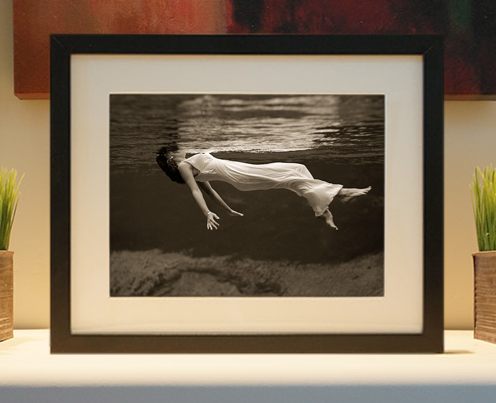
Framed or unframed, desk size to sofa size, printed by us in Arizona and Alabama since 2007. Explore now.
Shorpy is funded by you. Patreon contributors get an ad-free experience.
Learn more.

- Roll your own
- Rugged and real!
- A Charles Purcell - Mama Cass Connection
- Uncle SAAM
- Obfuscation
- One Chocolate Soldier rode away
- Victor Marquis de la Roche
- The Little House Across Way ...
- Vanderbilt Gates
- Vanderbilt Mansion
- You can still see that gate
- Withering heights for me
- So Jim,
- Top Heavy
- Re: Can't Place It.
- Bus ID
- Since you mention it
- The White Pages ?
- Moonlight Tower
- 1907?
- Fire(men) and Water
- Can't Place It
- Can anyone
- Wings
- Where's Claudette and Clark?
- Overbuilt Rolodex
- One song
- Give Me Wings Please!
- PRR
- Pinball Wizards
Printporium
Squatter Mother: 1936
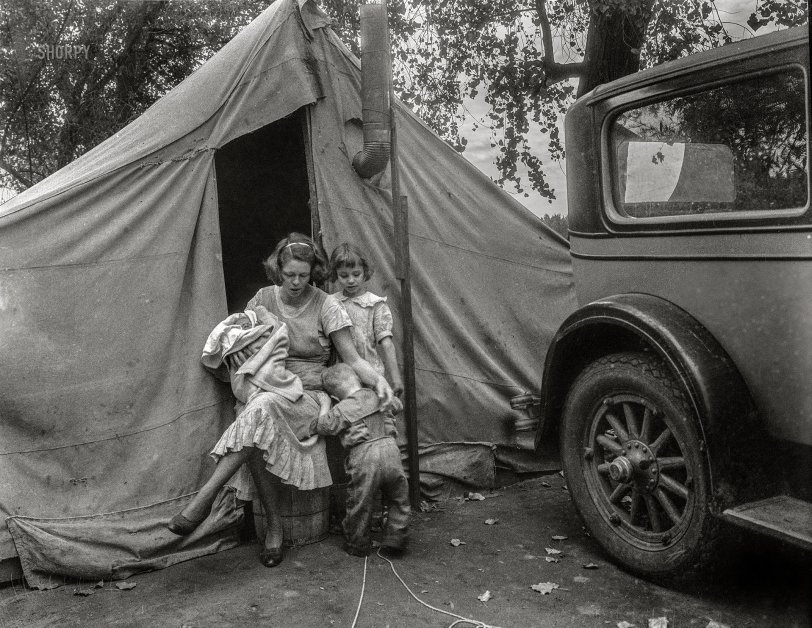
November 1936. "Mother and three children in a California squatter camp." 4x5 inch nitrate negative by Dorothea Lange for the Resettlement Administration. View full size.
Photo from this group of 211 images, which includes Lange's "Migrant Mother": Migrant agricultural workers in California in 1936. Photographs show squatter camps. Little Oklahoma. Families and their belongings in automobiles on the road. Car trouble along the road. Families existing in tent camps. Company housing for Mexican cotton pickers. Portraits of destitute migrants and their children. Hitch-hikers. Beet fields. Cotton pickers in the San Joaquin Valley. Lettuce and pea fields.
Doubly Tragic
As sad and tragic a scene presented here, what makes it more so is the incongruity of the (late 20s?) luxury of that car indicating the family struck hard times, really fast and the car a glimpse back to the prosperous life they came from.
[This was the kind of car Okie families bought for $100 to make the trip west. - Dave]
A timely reminder in these strange and uncertain times to appreciate what we have while we have it and always be ready to take on something not so comforting.
Strong women
My late maternal grandmother had a classic Depression-era profile: a young widow with three children, she worked as a teacher in one-room schoolhouses in a succession of towns across the Canadian prairies in the 30s and 40s. She came out of it ferociously strong. She was extremely resourceful, stern when she had to be, kind when the situation warranted. I feared her a little, and respected her hugely. Throughout my life, I have used her as a standard against which I measure the behaviour and values of other people. Her daughter, my mom, was no slouch in the backbone department, either.
Respectability
As usually the case in these Depression era photos, it's always touching to see how people maintain a good appearance despite living in such squalid conditions. This mother is wearing heels (and possibly stockings) to get her picture taken. Her children look loved and well-cared for.
Hard Times
Not many government programs to assist people back then. Many were left to their own devices to support themselves and their families. Stoic hardworking people.
There is a reason that they called it----
The Great Depression. Those poor pitiful people trying to get by. This family appears better off than most, with a newer car, clean and nicely dressed.
My mom grew up in west Texas during this time and they were desperately poor also. She said that her uncle would drop off government "commodities" once a month and that's how they survived. Usually it was a big bag of pinto beans. She was embarrassed for the rest of her life because as the oldest child it was her job to write a letter to the newspaper for her siblings telling what they would like to get for Christmas and maybe ----- some church or generous soul would deliver the presents to the newspaper for distribution.
Sadness
I find it so sad that 86 years later, there are people in our communities that are still homeless and struggling as this brave lady and her young family were in 1936. I hope that her life, and those of her children, became easier.
Mini mom
The girl is a miniature of her mother, not only in facial features but even down to her body language and the way she attempts to comfort the toddler.





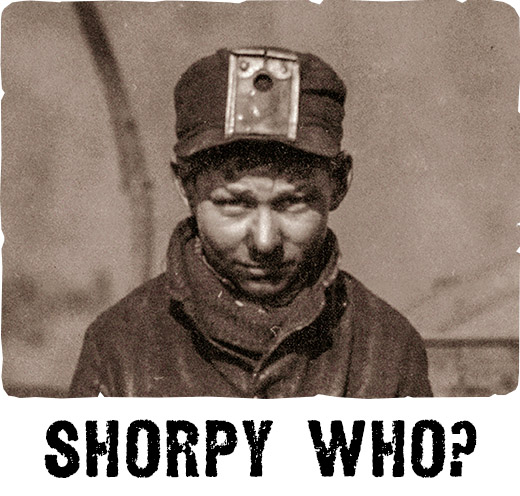
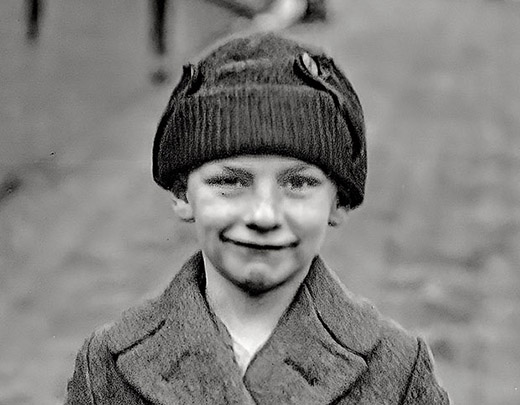
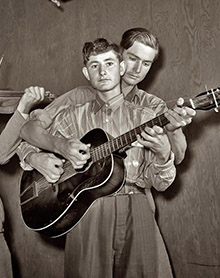
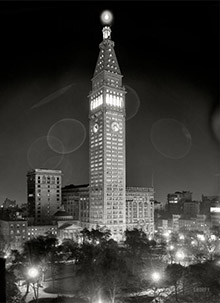
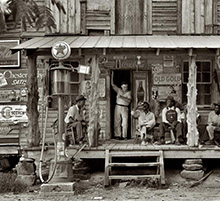
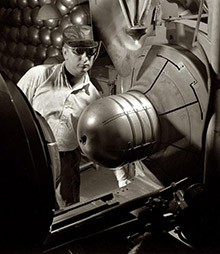
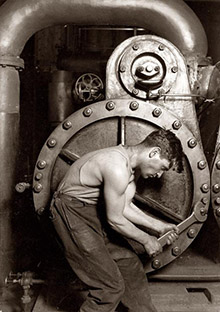

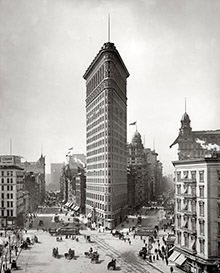
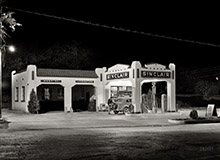
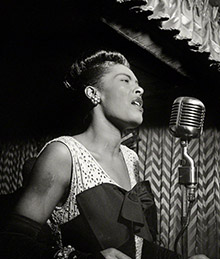
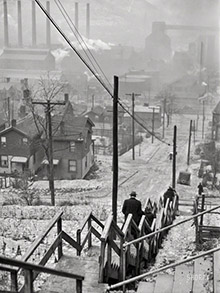
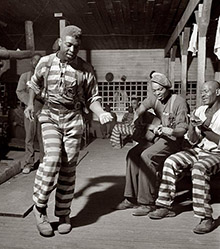
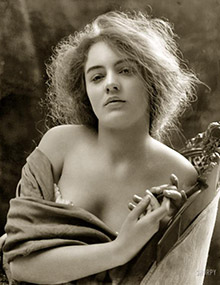
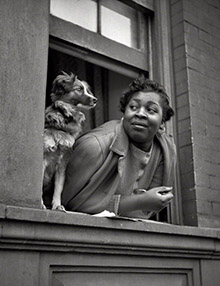
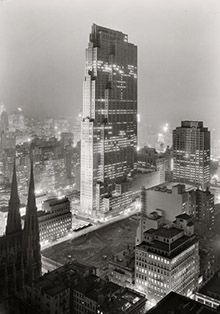
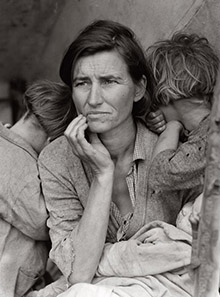
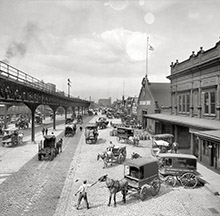
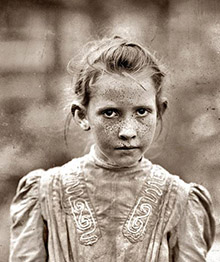
On Shorpy:
Today’s Top 5